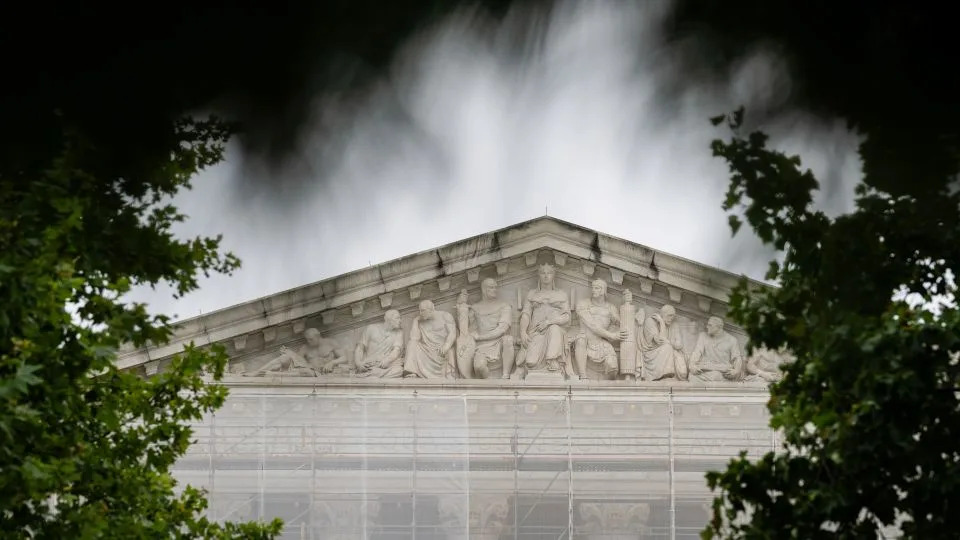
In Donald Trump’s long-running feud with federal judges, the president has found some support in an unlikely place: the nation’s highest court.
A growing sense of frustration with some lower courts — articulated in terms that at times sound similar to Trump’s own rhetoric — has crept into a series of opinions this summer from the Supreme Court’s conservative justices as they juggle a flood of emergency cases dealing with Trump’s second term.
“Lower court judges may sometimes disagree with this court’s decisions, but they are never free to defy them,” Justice Neil Gorsuch admonished in an opinion last week tied to the court’s decision to allow Trump to cancel nearly $800 million in research grants.
The rebuke, which was joined by Justice Brett Kavanaugh, flipped the narrative that it is Trump who has pushed legal boundaries with his flurry of executive orders and support for impeaching judges who rule against him. A wave of legal conservatives took to social media to tout Gorsuch’s warning.
“This is now the third time in a matter of weeks this court has had to intercede in a case ‘squarely controlled’ by one of its precedents,” wrote Gorsuch, who was Trump’s first nominee to the high court. (Kavanaugh was Trump’s second.) “When this court issues a decision, it constitutes a precedent that commands respect in lower courts.”
Other conservatives have been just as harsh this year. Justice Samuel Alito in March accused a federal judge in another case involving a Trump policy as committing an “act of judicial hubris” and “self-aggrandizement of its jurisdiction.”
The Supreme Court has been consistently siding with Trump on the emergency docket for months, including in high-profile cases dealing with immigration, spending and the leadership of independent agencies. And Trump has won even in cases in which there are serious arguments that his administration defied a lower court, said Steve Vladeck, CNN Supreme Court analyst and professor at Georgetown University Law Center.
“Gorsuch’s opinion in the NIH funding case is perhaps the most direct articulation yet of why — because the justices seem more concerned with lower courts correctly reading the tea leaves in their (often unexplained) rulings than with the executive branch behaving properly before the rest of the federal judiciary,” Vladeck said.
In a biting dissent in the research grant decision on Thursday, liberal Justice Ketanji Brown Jackson described the result as “Calvinball jurisprudence,” in reference to the popular “Calvin and Hobbes” comic.
“Calvinball has only one rule: There are no fixed rules,” Jackson wrote. “We seem to have two: that one, and this administration always wins.”
Trump’s attacks on federal courts have subsided somewhat since the spring, when he repeatedly took to social media to rail against lower court judges and also privately complained about some members of the Supreme Court whom he appointed during his first term. But many of the president’s allies continue to work the refs and misstate the judiciary’s role — reflexively chalking losses in court up to politics.
“We will not fall to rogue judges,” Trump’s former personal lawyer Alina Habba told Fox News last week after a federal judge ruled that she was not legally serving as the acting US attorney for New Jersey. “We will not fall to people trying to be political when they should just be doing their job — respecting the president.”
Rewarding lawlessness?
Critics say it is Trump who is to blame for the tension between the executive and judicial branches, not only because of his rhetoric but also because of how the Justice Department has handled a number of high-profile cases.
In a scathing dissent in an emergency case earlier this summer, Justice Sonia Sotomayor accused the court of “rewarding lawlessness” by siding with Trump in one of those cases.
“This is not the first time the court closes its eyes to noncompliance, nor, I fear, will it be the last,” Sotomayor wrote, dissenting from the court’s decision to allow the administration’s deportations of certain migrants to countries other than their homeland. “Yet each time this court rewards noncompliance with discretionary relief, it further erodes respect for courts and for the rule of law.”
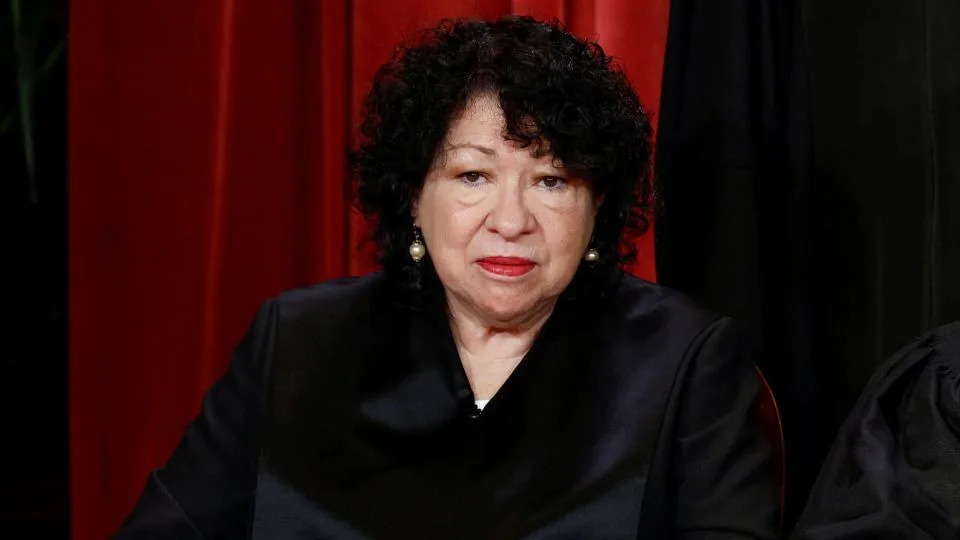
Sotomayor and Jackson, both liberals, are the only two on the Supreme Court who have served on district courts, where judges often take the initial stab at applying precedent to new litigation. Most of the other justices were formerly appeals court judges, where they review those first attempts by the district courts.
Gorsuch’s sharp lines — not to mention Trump’s winning streak at the high court — suggests that at least some of the justices believe that some lower courts are overreacting to the administration’s moves.
“Justice Gorsuch is making the obvious point that lower courts are required to follow the Supreme Court’s emergency orders as much as any other decree,” said James Burnham, an attorney and former Gorsuch clerk who served as general counsel for Trump’s Department of Government Efficiency. “The defiance of the Supreme Court’s emergency orders by some lower courts is unprecedented, extraordinary, and the Supreme Court must deal with it decisively.”
Carrie Severino, president of the conservative Judicial Crisis Network, cheered Gorsuch’s opinion on social media, writing that “yet again” it had “become necessary to remind district judges not to flout orders of the Supreme Court.”
But just how judges are supposed to approach the Supreme Court’s emergency orders — particularly when they are opaque or include little explanation — has been open to debate.
Early in Joe Biden’s presidency, defending the Supreme Court’s emergency docket, Alito stressed that its orders did not make precedent. Unlike the court’s regular merits docket, emergency orders are almost always decided without the benefit of oral argument or extensive briefing. They do not resolve the underlying legal questions of a case — only what happens while the litigation continues.
“It’s one thing when there’s a majority opinion with clear language that resolves a legal question in a way everyone will understand, whether or not we agree with it,” Vladeck said. “It’s something else entirely when the justices provide literally zero analysis in support of a ruling, expect the lower courts to nevertheless understand which argument(s) they relied upon, and then subsequently chastise the lower courts for not reading their minds — and that something is hubris. If the court wants lower courts to treat its analyses as precedent, it should, you know, provide them.”
In recent weeks, a majority of justices have sought to reinforce the notion that short-term orders should control the outcome of similar cases.
In its fractured decision Thursday, a 5-4 majority said that US District Judge William Young erred by requiring the administration to revive nearly $800 million in National Institutes of Health research grants Trump canceled because they dealt with gender or diversity.
The high court’s unsigned opinion, which allows the NIH to keep those grants frozen, pointed to an earlier unsigned emergency order from April that permitted officials to block millions of dollars in grants to states intended to address teacher shortages.
Young, who was named to the court by President Ronald Reagan, said he had “never seen government racial discrimination like this.”
In its most notable decision this year, the Supreme Court stripped the power of lower court judges to issue so-called nationwide injunctions that have been used to shutdown policies adopted by presidents of both parties. That potentially landmark ruling came in a challenge to Trump’s executive order intending to end birthright citizenship.
Lower courts are continuing to work through whether there are other avenues judges can use to temporarily halt policies they believe are unconstitutional.
Kavanaugh: Judges are not ‘policymakers’
In a decision last month allowing Trump to remove three members of the Consumer Product Safety Commission who were appointed by Biden, the court similarly pointed to an earlier unsigned emergency order that dealt with firings at labor agencies. At issue in both cases was whether the president may fire board members at independent agencies despite a federal law intended to shield them from removal for political reasons.
The CPSC firings, the court said in a brief, unsigned opinion on July 23, were “squarely controlled” by the earlier decision. Although the court’s “interim orders are not conclusive as to the merits,” a majority of the justices reasoned, “they inform how a court should” decide short-term questions “in like cases.”
The emergency docket has been a topic of debate as some of the justices have traveled the country for speaking engagements during the court’s summer break.
Speaking in California in July, Justice Elena Kagan — a member of the court’s liberal wing — suggested the high court could do more to “explain things better” so that lower court judges and the public understand clearly what the Supreme Court is deciding.
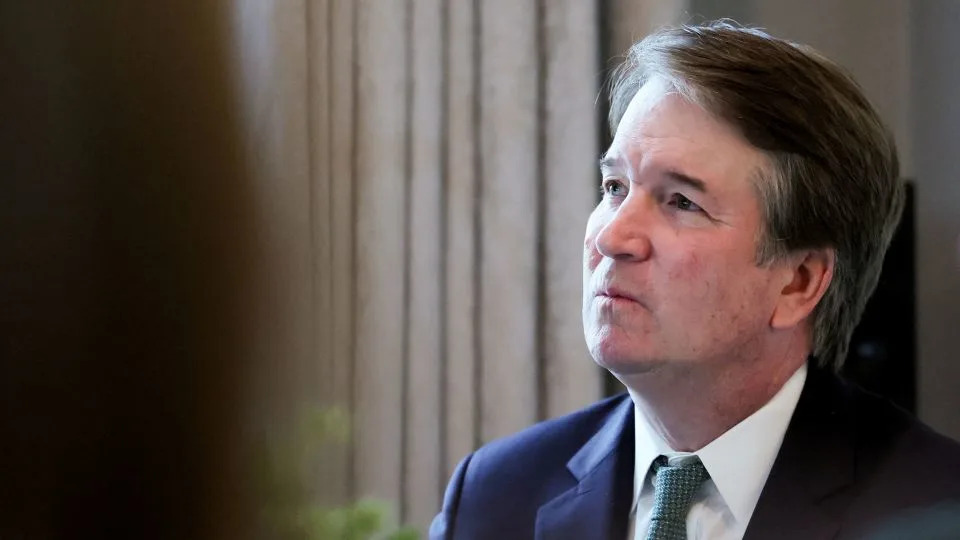
Days later, speaking to a group of judges and attorneys in Kansas City, Kavanaugh defended the court’s sometimes terse emergency orders.
Kavanaugh kicked off his speech by extolling the virtues of an independent judiciary. And he stressed that judges have a part to play in maintaining that independence.
He mentioned no specific case or judge, but the message could easily be read as a yellow flag for lower courts.
“Members of the judiciary have an important responsibility, of course, that goes with maintaining the independence — that responsibility, of course, to get it right, to do our hard work, to understand our role in the constitutional democracy,” Kavanaugh said. “We’re not the policymakers.”
For more CNN news and newsletters create an account at CNN.com
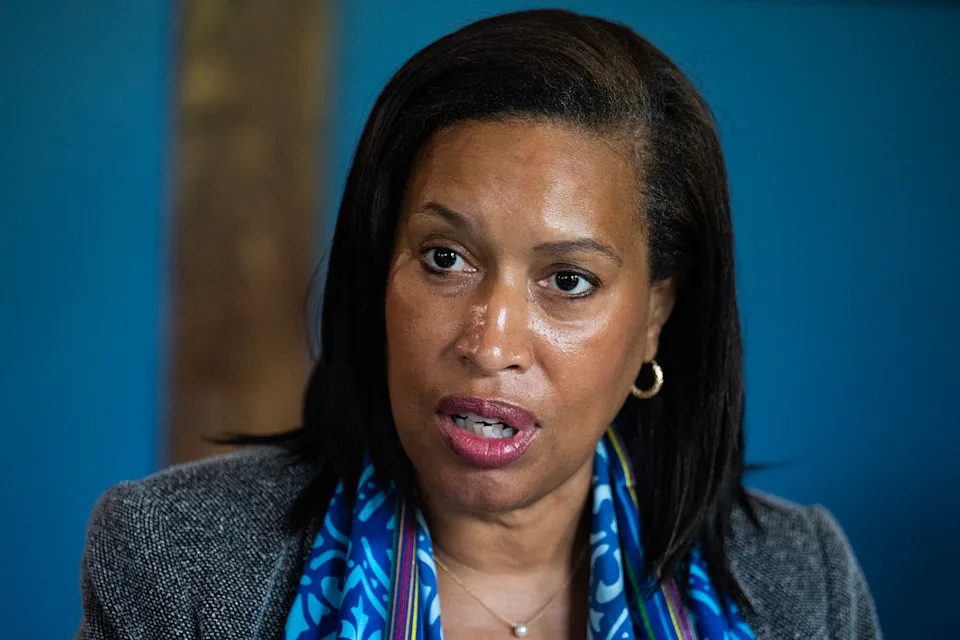

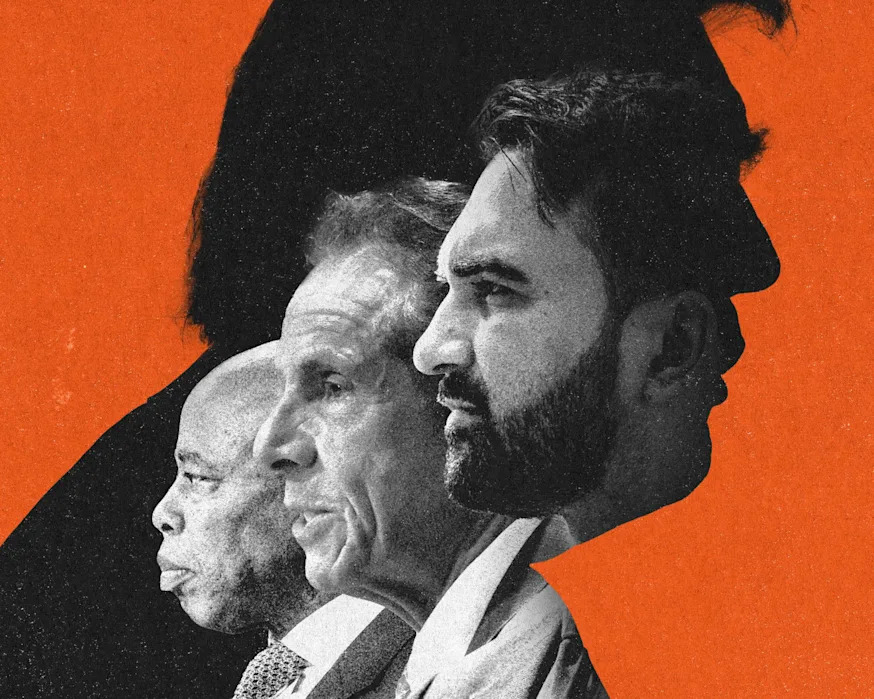
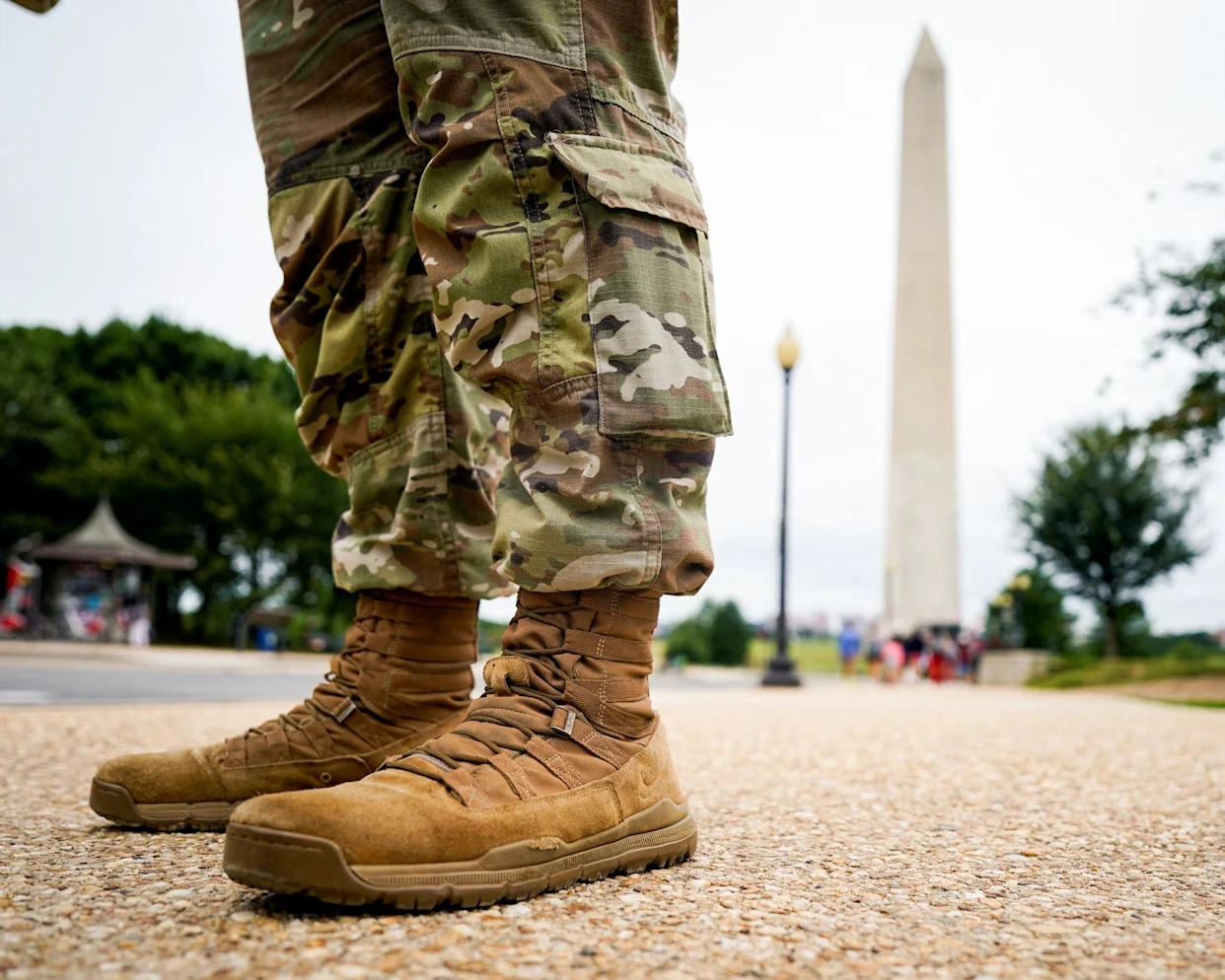
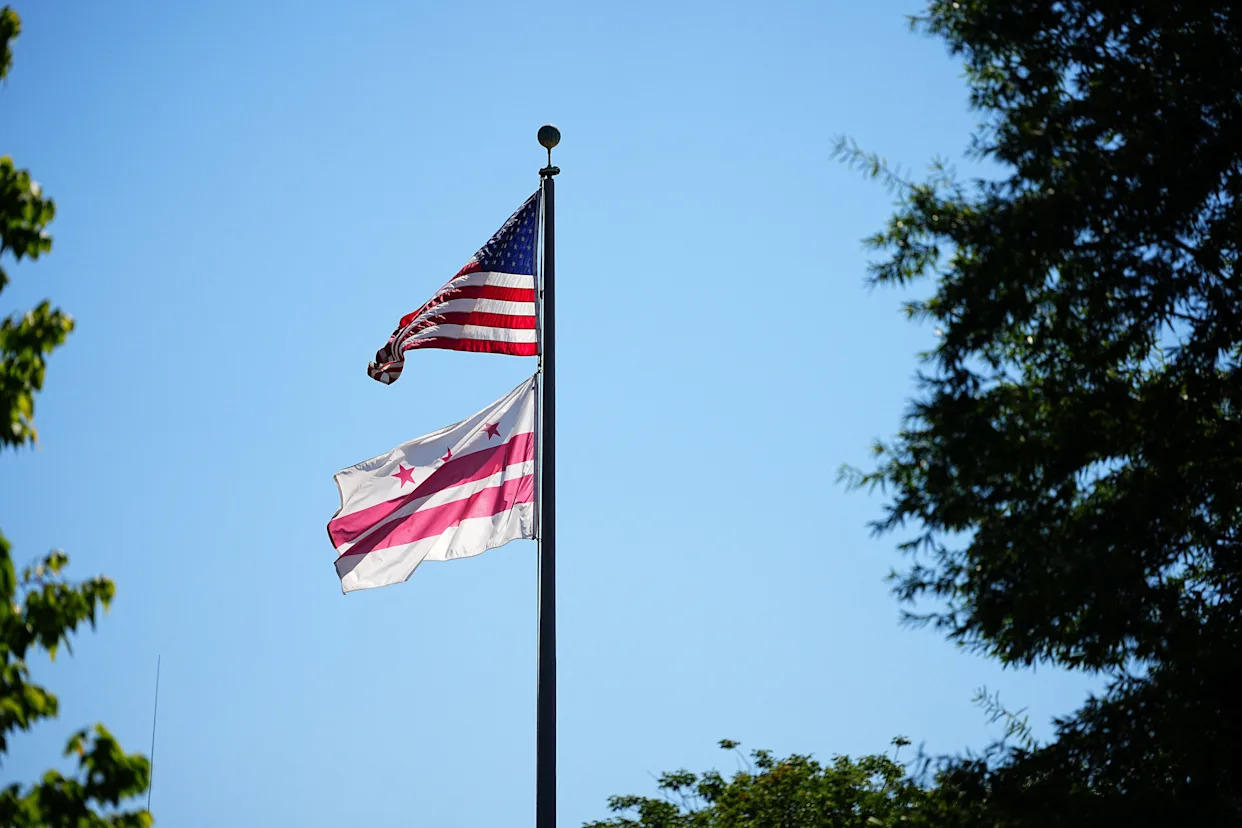

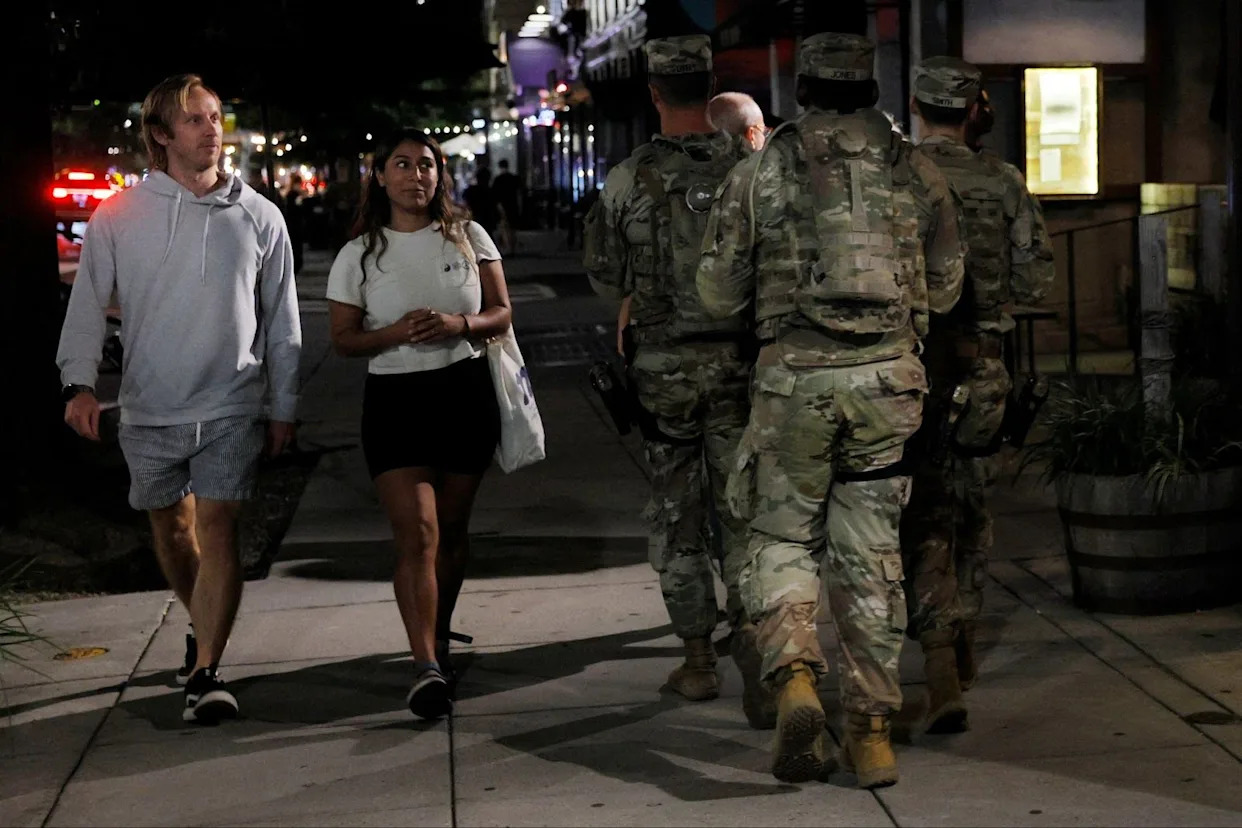
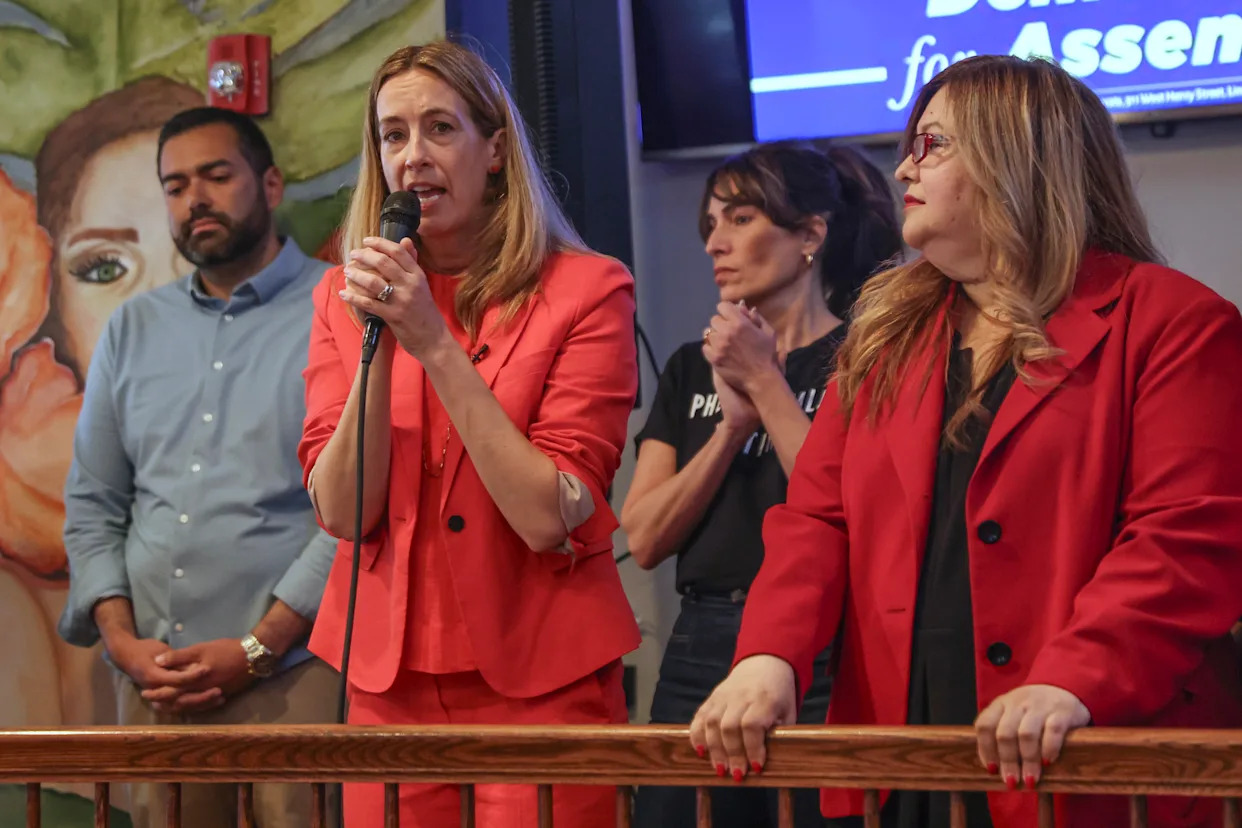
Comments